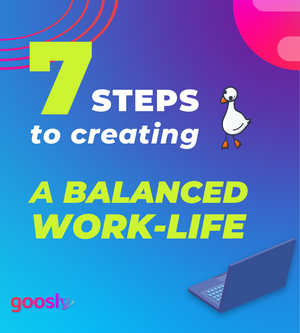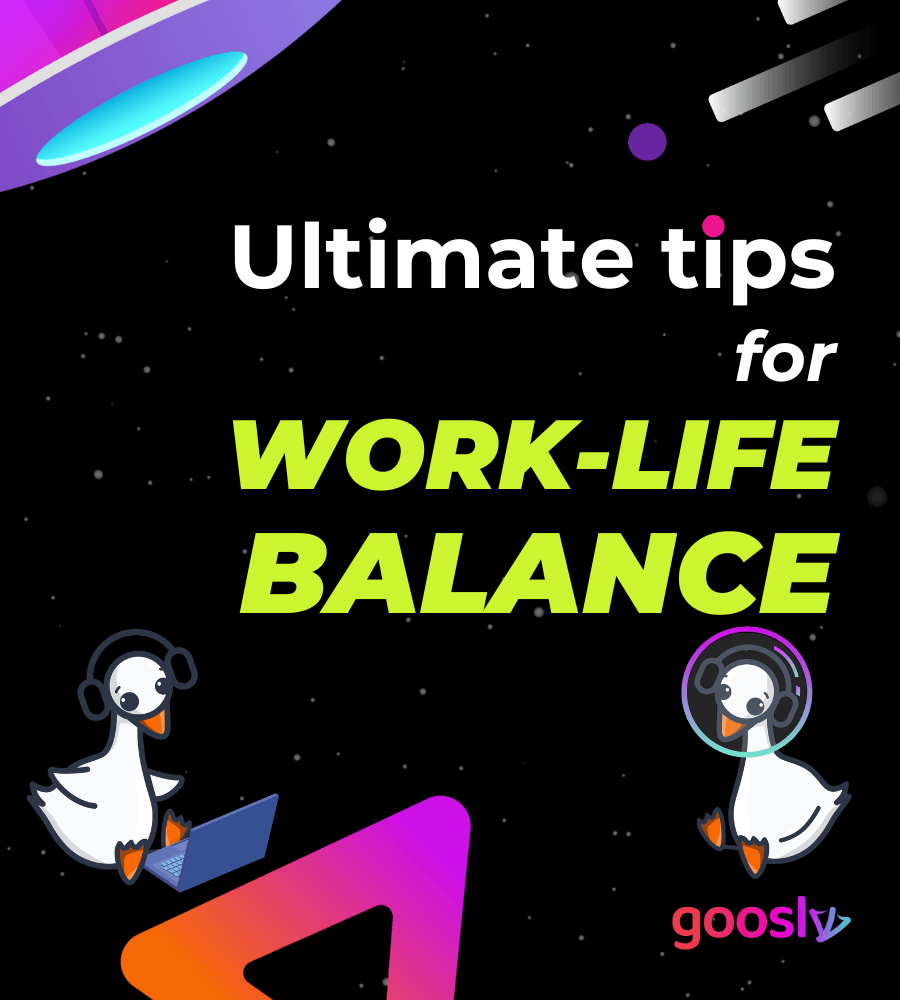There’s a better way to set goals than just making them “SMART.”
We all want our lives to be meaningful and purposeful, therefore we set goals.
Goals are a powerful thing. They allow you to have direction in life and, help you trace the path to turn ideas into outcomes.
And, if you come from a marketing background like myself you probably work with 'specific, measurable, attainable, relevant and time-based goals', A.KA Smart Goals.
There's a reason why these goals are so common in business and marketing: They work. But as "SMART" as your goals are, they are missing something.
When we set goals, they can feel like one-way streets with only certain outcomes possible - in other words "If this then that."
However it's important to also think about the unexpected outcomes of our goals.
So, let's say your goal was to 'become successful' (whatever that means to you), and let's also say you made it!
But, after reaching that goal you found yourself with poor mental health and isolation from friends or family members-- so, was that really part of the plan?
Setting anti-goals will change your action plan to avoid the undesired (but very possible) outcomes.
So if you're aiming for 'hitting 10k MRR as a solo founder in one month', but the anti-goal is "not burning out" then it is better that your goal looks like this: Hitting 10k MRR over the next 3 months."
What I'm trying to say is that identifying what you don't want as an outcome is as important as the main outcome itself.
So, what are anti-goals exactly?
Anti-goals have its root in inversion - a mental model that tells you to work backwards when solving a problem.
They basically can be defined as the inversion of your goals.
It's a bit like risk management for your projects but watered down and simplified.
So, here's how to apply anti-goals to your planning process:
- Establish your regular goals
Whether you are working on a personal project or business project you need goals. Whatever doesn't get planned and tracked, doesn't get done. So, put those goals down on paper.
Write them as simple or as complex as you need them to be. I personally like following the SMART model (but maybe my marketing brain it's just wired that way and It's too late to go back.)
So, simple goals can look like:
👉 Growing a new Youtube channel to 10,000 followers in the course of 6 months
👉 Hitting 10k MMR in the the following 3 months
Or they could also be phrased as micro-goals:
👉 Getting first 200 followers on a new Youtube channel in the course of 30 days.
Goals can also be applied to personal projects:
👉 Running 5 km very morning at 5:00 am for 14 days
2. Think backwards - Invert the situation
To make this step easier, try answering most of these questions:
• What's the worst outcome that could happen while you pursue this goal?
• How does a 'bad day' in the pursue of this goal would look like to you?
• What repeated behavior could lead you to this outcome?
• In what scenario would it feel bad to have reached this goals?
3. Write all of this in the form of 'anti-goals' that will help you avoid everything you listed on the second step.
To make it easier, let's turn this into a real-life example;
Goal: Growing a new Youtube channel to 10,000 followers in the course of 6 months
• What's the worst outcome that could happen while you pursue this goal?
-Burning out.
• How does a 'bad day' in the pursue of this goal would look like to you?
-Spending all day on my laptop.
-Skipping meals.
• What repeated behavior could lead you to this outcome?
-Not blocking time on my calendar to work specifically on my Youtube channel.
-Not respecting the time I set to work on this project.
– Frequently cancelling plans with family and friends.
• In what scenario would it feel bad to have reached this goals?
-Following trends for the sake of followers that don't align with my purpose.
So, the anti-goals for this project would look like:
• Never assign all the work to myself. I will hire someone to help out with part of the process, which could be video editing or content distribution.
• Never spend more than 4 hours sitting on my desk. I will time-block moments during the day to go for short walks.
• Never eat unhealthy during work days. I will meal prep in advance for the week so I don't skip any meal.
• Never spend more hours working or thinking about work than the ones I scheduled. I will arrange time with family and friends weekly where I allow myself to be present.
There you go. If you made it all the way down here, that means you now have a more creative way to set your goals.
I found this method to be extremely useful for personal projects and goals, and you can use it as well for decision making when questioning whether or not to take your project into a different direction. Hope you get to use anti-goals soon on your next project.
By the way, my name is Jenn, I'm head of marketing at Jexo, and my job is to make my team's goal happen! – I enjoy reading about productivity, planning and personal development.
I'll be writing my findings here on this blog on a weekly basis, so if you are into productivity and self-growth, I'll se you here next Tuesday.





